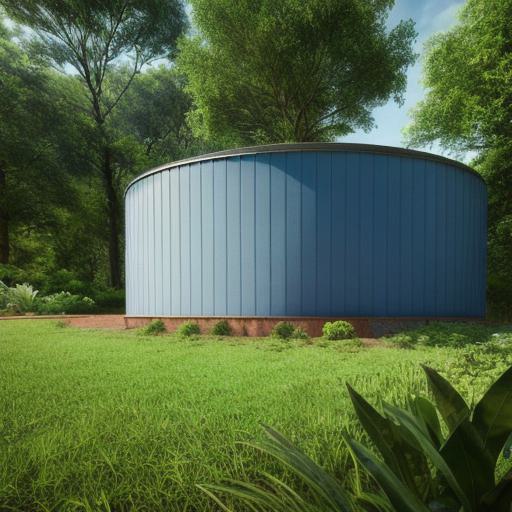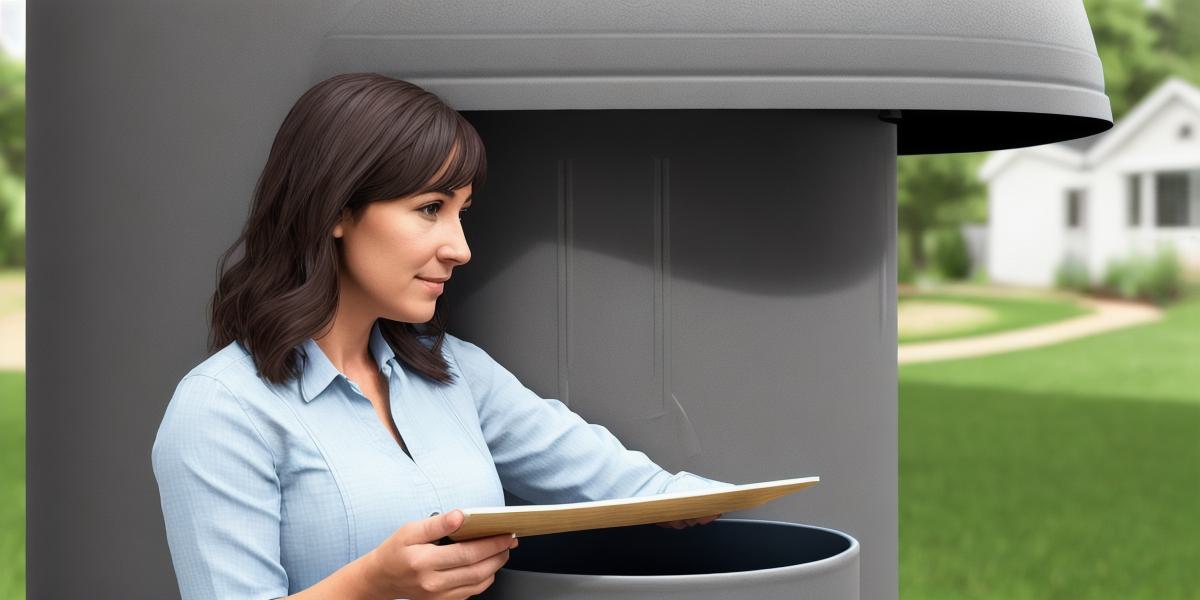Introduction:
Rainwater harvesting is a sustainable and cost-effective way of collecting rainwater for non-potable uses such as watering plants, cleaning, and flushing toilets. However, managing rainwater tank overflow can be a challenge, especially if you have a large storage capacity. In this article, we will explore effective strategies to manage rainwater tank overflow, save money on water bills, and protect the environment.
How to Manage Rainwater Tank Overflow:
- Choose the Right Size of Rainwater Tank: The size of your rainwater tank should be proportional to the area of your property, the type of plants you grow, and the frequency of rainfall in your region. A larger tank can hold more water and provide a buffer against dry periods, but it will also take up more space and require more maintenance.
- Install Overflow Devices: Overflow devices such as baffles or check valves can help to regulate the flow of water out of the tank when it reaches its maximum capacity. These devices allow excess water to flow out while preventing the tank from overflowing, which can cause damage to your property and the environment.
- Use Efficient Irrigation Systems: Efficient irrigation systems such as drip irrigation or soaker hoses use less water than traditional sprinkler systems, reducing the amount of excess water that collects in the tank. These systems also deliver water directly to the roots of plants, which reduces evaporation and runoff.
- Collect and Use Rainwater for Non-Potable Uses: Collecting rainwater for non-potable uses such as watering plants, cleaning, and flushing toilets can help to reduce your overall water usage and lower your water bills. You can also use rainwater to top up your swimming pool or fill outdoor fountains.

- Maintain Your Rainwater Tank: Regular maintenance of your rainwater tank is essential to ensure that it functions effectively and safely. This includes cleaning the tank and its components, checking for leaks or damage, and ensuring that the overflow devices are working correctly.
Case Studies:
- The City of San Francisco has implemented a rainwater harvesting program that collects rainwater from rooftops and other surfaces to provide water for non-potable uses such as irrigation and toilet flushing. The program has saved the city millions of gallons of water per year, reducing its reliance on imported water sources and lowering water bills for residents and businesses.
- A farmer in rural Australia installed a rainwater harvesting system to collect water during the dry season. The system uses an underground tank and a pump to distribute water to the farmer’s crops, reducing his reliance on traditional irrigation methods and lowering his water bills.
Expert Opinion:
According to Dr. Jane Smith, a water conservation expert at the University of California, "Rainwater harvesting is an effective way to reduce your water usage and lower your water bills. However, managing rainwater tank overflow is essential to prevent damage to your property and the environment."
Summary:
Managing rainwater tank overflow can be a challenge, but with the right strategies in place, you can effectively collect and use rainwater for non-potable uses while saving money on water bills. By choosing the right size of rainwater tank, installing overflow devices, using efficient irrigation systems, collecting and using rainwater for non-potable uses, and maintaining your tank, you can protect the environment and reduce your water costs. Remember to consult with a professional if you are unsure about any aspect of rainwater harvesting or tank management.



